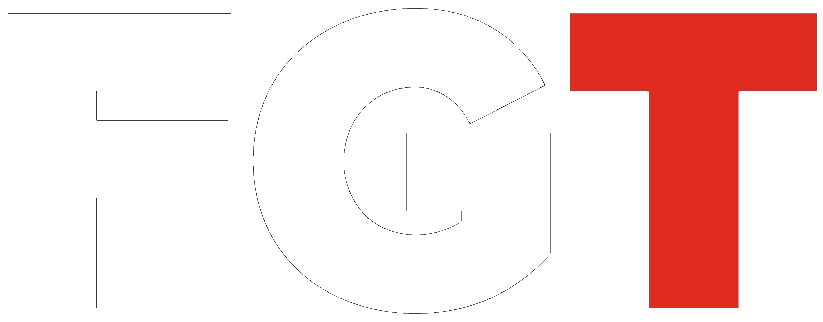Why Oxygen Boost Matters in High-Intensity Fitness Workouts
Why Oxygen Boost Matters in High-Intensity Fitness Workouts
High-intensity workouts push the body to its limits, demanding strength, endurance, and rapid recovery.
Athletes and fitness enthusiasts alike rely on strategies that help maximize performance and minimize fatigue.
While nutrition, hydration, and rest are often emphasized, one factor that sometimes gets overlooked is oxygen availability. Oxygen is fundamental to energy production, and when muscles don’t get enough, performance suffers. By understanding how oxygen levels affect exercise and recovery, individuals can unlock new ways to improve results in their training routines.
The Role of Oxygen in Exercise
During physical activity, oxygen fuels the body’s ability to produce energy. It supports aerobic respiration, the process by which glucose and fatty acids are converted into ATP, the energy currency that powers muscle contractions. In high-intensity workouts, the body often requires more oxygen than it can supply, leading to a reliance on anaerobic pathways. This shift produces lactic acid, which contributes to fatigue and muscle burn.
For athletes who want to maintain performance under pressure, finding ways to increase oxygen availability can be a game-changer. Products such as supplemental oxygen in a can are marketed to provide quick access to oxygen when demand exceeds supply. While they’re not a substitute for healthy lungs or cardiovascular conditioning, they may help bridge gaps during demanding workouts, offering a short-term boost that enhances endurance and focus.
Oxygen Deficit and Fatigue
One of the most significant challenges of high-intensity workouts is the onset of fatigue.
When the body cannot deliver enough oxygen to working muscles, energy production shifts into less efficient modes.
This leads to the accumulation of metabolites, reduced power output, and eventually, the need to stop or slow down.
Athletes often notice this in the form of heavy breathing, muscle burning, and an inability to sustain their pace. Oxygen deficit doesn’t just affect the muscles, it impacts mental clarity. A brain deprived of oxygen struggles with focus, coordination, and decision-making, all of which are critical in competitive sports.
Recovery and Oxygen Replenishment
Recovery is just as important as performance. After intense exercise, the body needs to clear lactic acid, repair tissues, and restore energy stores. Oxygen plays a key role in this recovery phase by helping metabolize lactate and supporting protein synthesis.
The faster oxygen levels return to baseline, the quicker the body recovers.
Athletes who prioritize oxygen replenishment through breathing techniques, post-workout stretching, and aerobic cool-downs often experience less soreness and greater readiness for their next session. Supplemental oxygen solutions, while not essential for everyone, may accelerate this process for those pushing themselves in extreme training environments.
Breathing Techniques to Optimize Oxygen Use
Not all oxygen optimization requires external products.
Many athletes benefit from learning proper breathing techniques that maximize lung capacity and oxygen delivery. Diaphragmatic breathing, for example, encourages deeper inhalations that expand lung volume and improve oxygen uptake.
Interval breathing, practiced during endurance training sometimes while walking if you plan to track your steps and miles, helps condition the body to tolerate higher levels of carbon dioxide and manage oxygen more efficiently.
These techniques train the body to extract more from each breath.
Which also helps in reducing reliance on anaerobic pathways.
Athletes become more resilient, capable of sustaining higher intensity levels without succumbing as quickly to fatigue.
The Science of VO2 Max
VO2 max, or maximal oxygen uptake, is a key measure of aerobic capacity. It indicates the body’s ability to consume oxygen during intense exercise and is often used to evaluate athletic performance.

The higher the VO2 max, the greater the potential for endurance and sustained power output.
- Training methods such as high-intensity interval training (HIIT), long-distance running, and cycling can all improve VO2 max.
- Athletes who monitor and target improvements in this metric often notice significant gains in performance.
It’s one of the clearest indicators of how well the body uses oxygen and underscores the importance of prioritizing oxygen availability in fitness programs.
Environmental Factors Affecting Oxygen Levels
Oxygen demand isn’t influenced solely by exercise… it’s impacted by the environment.
- Training at high altitudes, for example, reduces oxygen availability due to thinner air.
- This creates additional challenges for athletes and offers opportunities for adaptation.
- Altitude training stimulates the body to produce more red blood cells, which carry oxygen to muscles.
- Conversely, polluted or poorly ventilated environments can reduce oxygen intake and impair performance.
- Athletes who train indoors should ensure proper airflow, while outdoor athletes may need to be mindful of air quality.
Environmental awareness helps ensure that training conditions support rather than hinder performance.
Oxygen is more than just something we breathe, it’s the foundation of athletic performance and recovery. High-intensity workouts put enormous demands on the body, and when oxygen supply falls short, fatigue, reduced output, and slower recovery follow. By focusing on oxygen availability, through training methods, breathing techniques, and environmental awareness. Prioritizing oxygen optimization is not just about endurance; it’s about unlocking the body’s full potential to perform, recover, and excel in every workout.

